Home > Climate News >
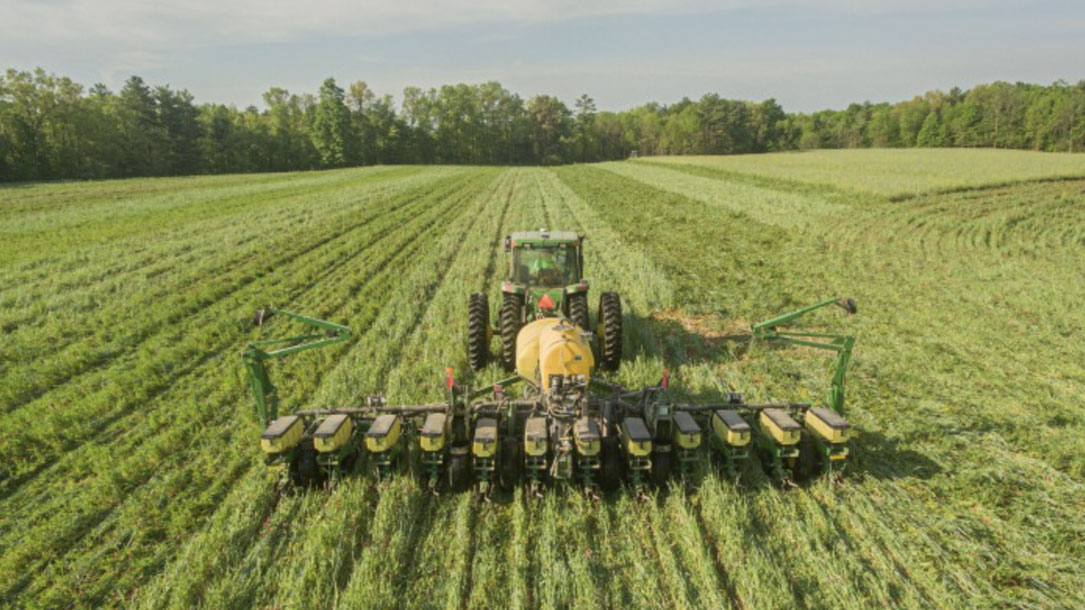
How ‘planting green’ helps farmers gain advantage in the growing season
Typical cover crop management has a host of benefits. Cover crops can increase soil organic matter, slow erosion, enhance water availability, suppress weeds, help control pests and diseases, and increase soil microbial activity. These benefits can improve crop resilience to extreme weather events while minimizing off-farm losses to the environment…
Farmers planting green (a collaborative demonstration project) requires knowledge of how different factors interact, including: climate, cover crop and cash crop species, planting rate and timing, and termination timing…

Solar, haying, and owning the solar array
Converting arable land to energy production undermines the future of farming. But innovators like Nate know it doesn’t have to be one or the other – if done right, solar can be leveraged to support farmers, rather than threaten them.
Seeing the Massachusetts SMART program as an opportunity for revenue diversification and farmland preservation, Nate pioneered a plan to own both the solar system and the land underneath. Million Little Sunbeams does not involve a lease to a solar developer but instead was designed to allow the Tassinari family to sell the excess energy to the surrounding community — a win for the family farm that has allowed it to stay in operation…

Advancing sustainable meat production through policy reform and carbon offset funding
Regenerative Grazing NC is a multi-year, student-led project to increase the adoption of regenerative grazing systems in North Carolina. We believe that regenerative grazing is the key to sustainable meat production in a climate-constrained world. Changing food systems is a tremendously complex undertaking and our community partners are doing amazing work advocating policy, providing extension support, conducting research, and developing robust supply chains to connect producers with consumers.
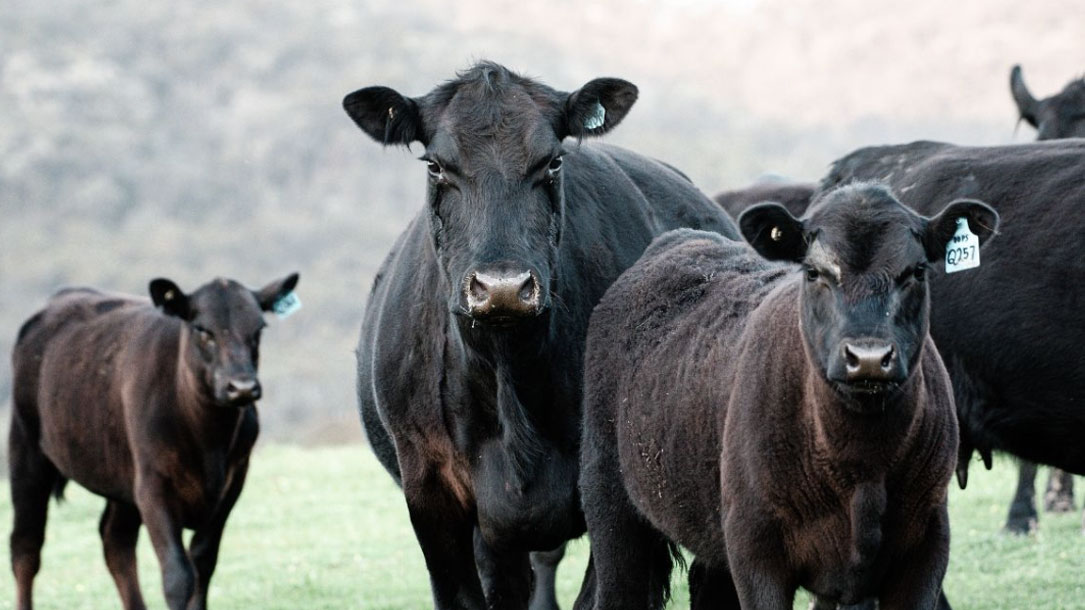
Regenerative grazing to mitigate climate change
Working with numerous partner organizations, team members from the four major Triangle research universities (Duke, NC Central, NC State, UNC) developed healthy soils policy recommendations for North Carolina, as well as tools to help producers and policy-makers understand the potential of grazing…
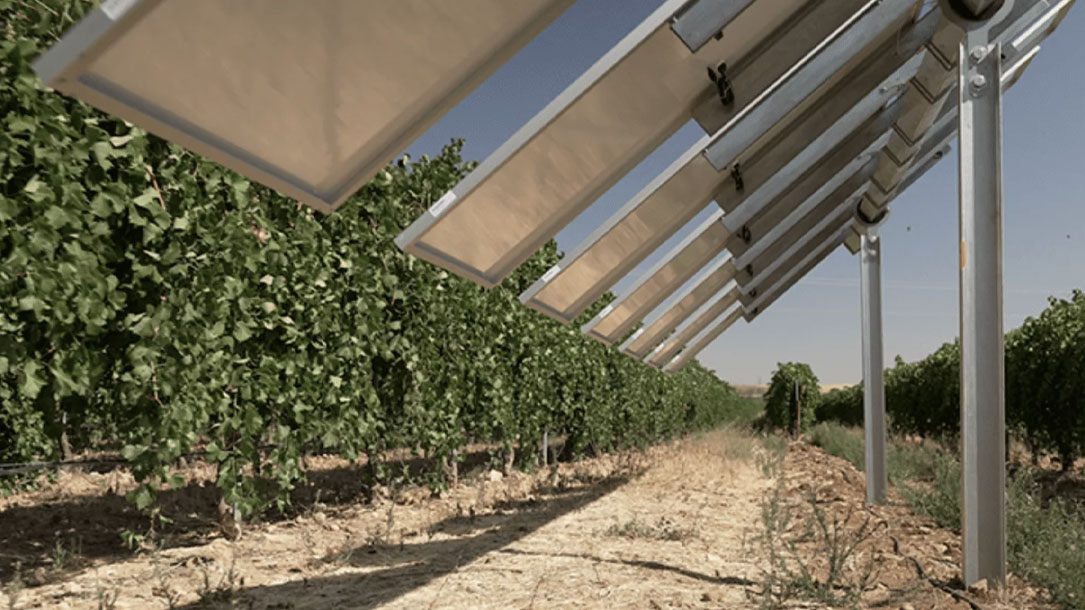
Iberdrola starts up Spain’s first smart agrovoltaic plant in Toledo
While combining solar energy and agricultural land is not new, one component that makes the Winesolar project stand out is that it will have a tracking system, with trackers from PVH, that uses artificial intelligence (AI) to determine the most efficient solar panel positioning over the vines at any time…

Spanish vineyards use solar panels to protect wine grapes
While combining solar energy and agricultural land is not new, one component that makes the Winesolar project stand out is that it will have a tracking system, with trackers from PVH, that uses artificial intelligence (AI) to determine the most efficient solar panel positioning over the vines at any time, according to Iberdrola. Techedge, an IT firm, will help the solar panel project further the wineries’ agricultural goals.
Sensors in the vineyards will record data including soil humidity, wind conditions, solar radiation, and even vine thickness to find the optimal position for the solar panels, giving the vines a fighting chance against the effects of climate change…
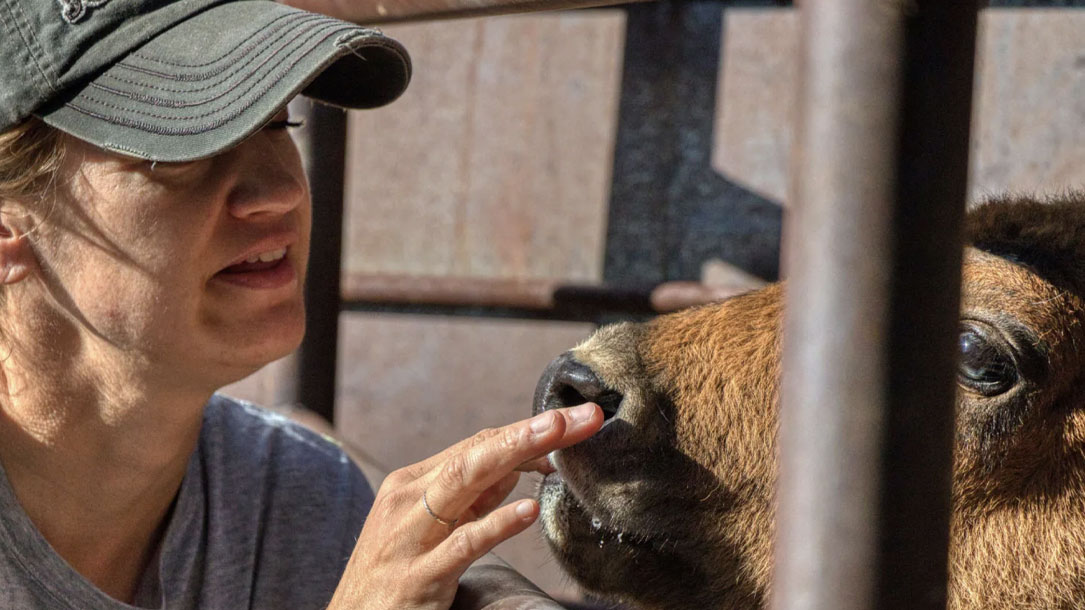
Three-quarters of Montana farmers, ranchers anxious about climate change, survey finds
Paul Lachapelle of Montana State University says the growing risks and uncertainty are taking a toll on farmers’ and ranchers’ mental health.
He and co-researchers surveyed about 120 Montana farmers and ranchers.
“Nearly three quarters noted they were experiencing moderate to high levels of anxiety when thinking about climate change and its effects on their agricultural business,” Lachapelle says.
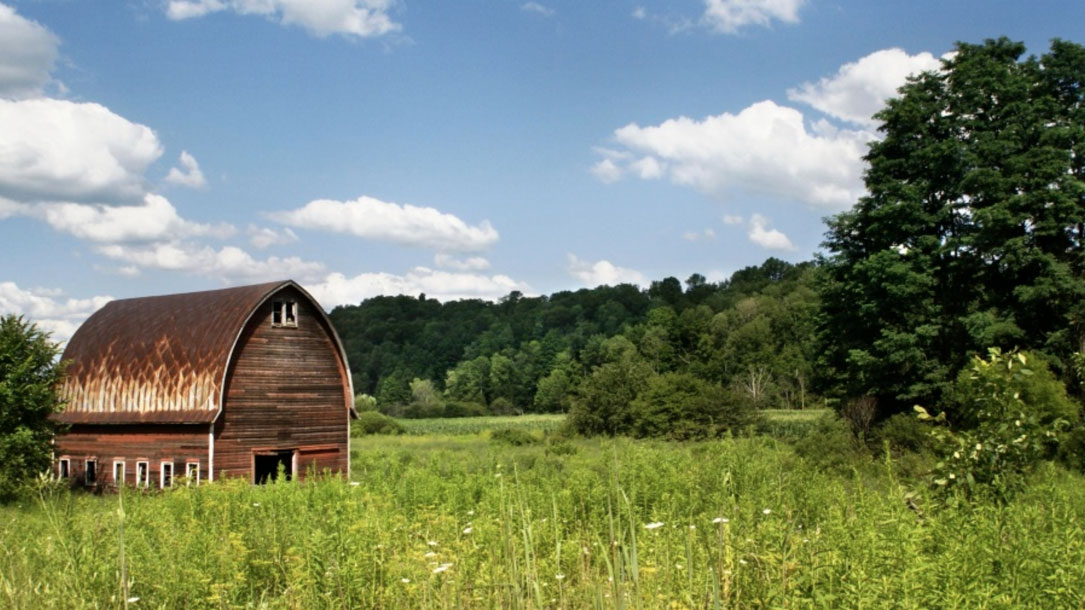
How the Inflation Reduction Act helps rural communities
The Inflation Reduction Act recognizes the critical role that America’s farmers, ranchers, and forest landowners play in addressing the climate crisis. The law will:
- Invest in helping farmers, ranchers, and forest landowners deploy climate-smart practices that will reduce greenhouse gas emissions, increase storage of carbon in soils and trees, and make their operations more productive.
- Support innovative, cost-effective ways to measure and verify climate benefits, including through USDA’s Environmental Quality Incentives Program, Conservation Stewardship Program, Agricultural Conservation Easement Program, Regional Conservation Partnership Program, and Conservation Technical Assistance.
- Help up to 280,000 farmers and ranchers apply conservation to approximately 125 million acres of land.
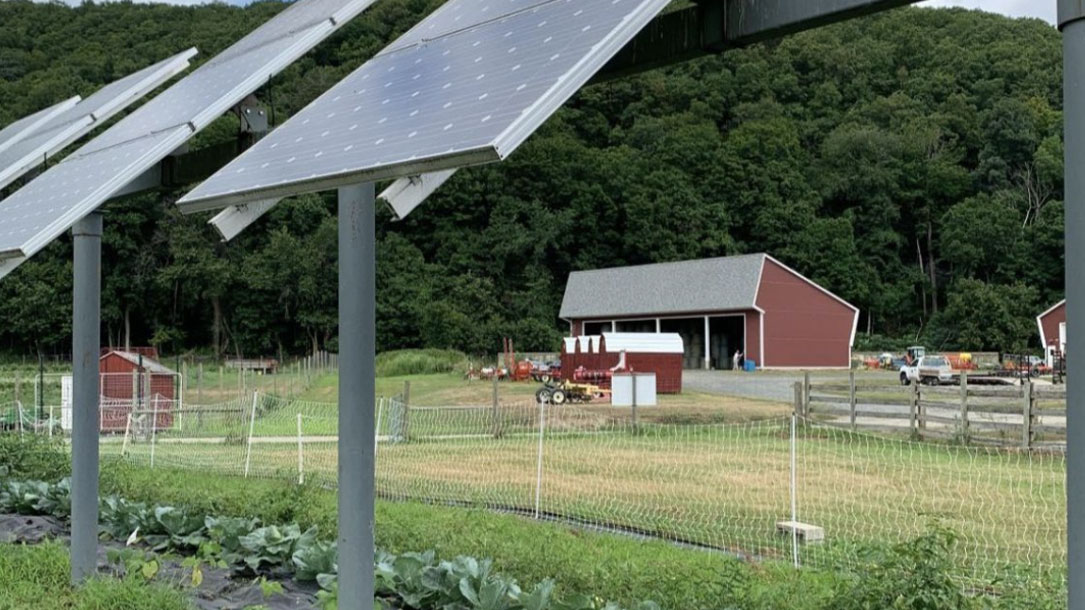
Farmland preservationists, solar developers to build green energy arrays
An estimated 750,000 acres of farmland in the U.S. is lost each year and “solar development if done right could potentially help” save some of that farmland, said John Piotti, president and CEO of American Farmland Trust, a nonprofit organization that works to keep farmland in production.
Earlier this week, Piotti said during a webcast meeting that his group would work with two private firms, Edelen Renewables and Arcadia Solar to develop “agrivoltaic” community solar farms in a number of states including New York…
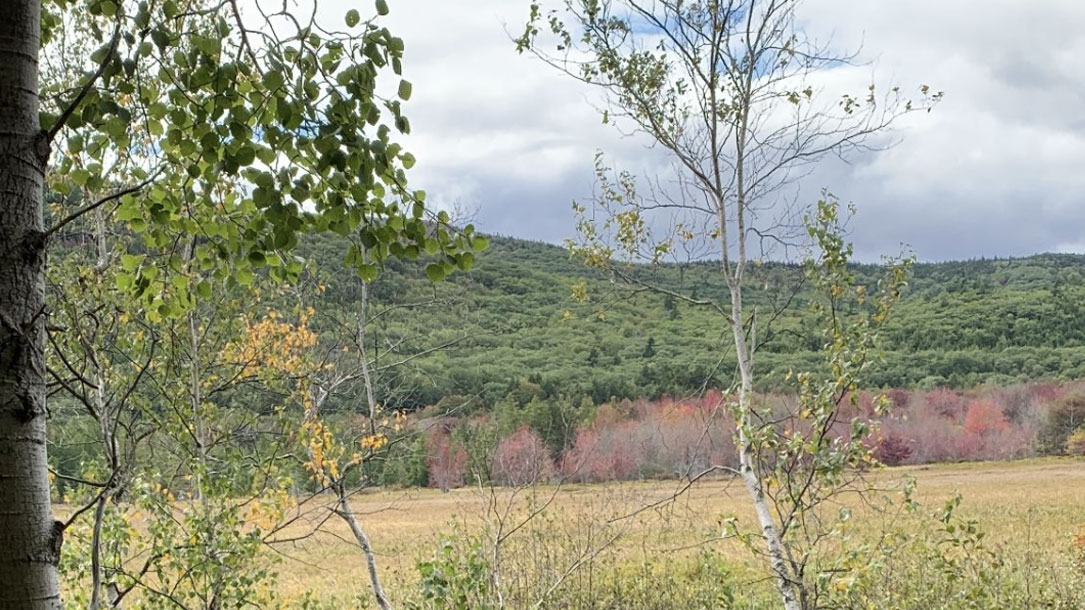
Passage of historic Inflation Reduction Act bill supports land trust work
The Inflation Reduction Act is landmark climate legislation that has the potential to reduce U.S. emissions by 40% by 2030, helping to reduce carbon in our atmosphere and buffering human and natural communities from the worst effects of climate change.
The IRA will fund critical Farm Bill conservation programs: land trusts and the landowners they work with will have access to an additional $1.4 billion for the Agricultural Conservation Easement Program to be allocated across four years, and the Regional Conservation Partnership Program will be increased by $4.95 billion during that period.
The Conservation Stewardship Program ($3.25 billion) and Environmental Quality Incentives Program ($8.45 billion) will also receive huge investments, and there is $1 billion in technical assistance for landowners who use these programs to reduce climate-related emissions…












